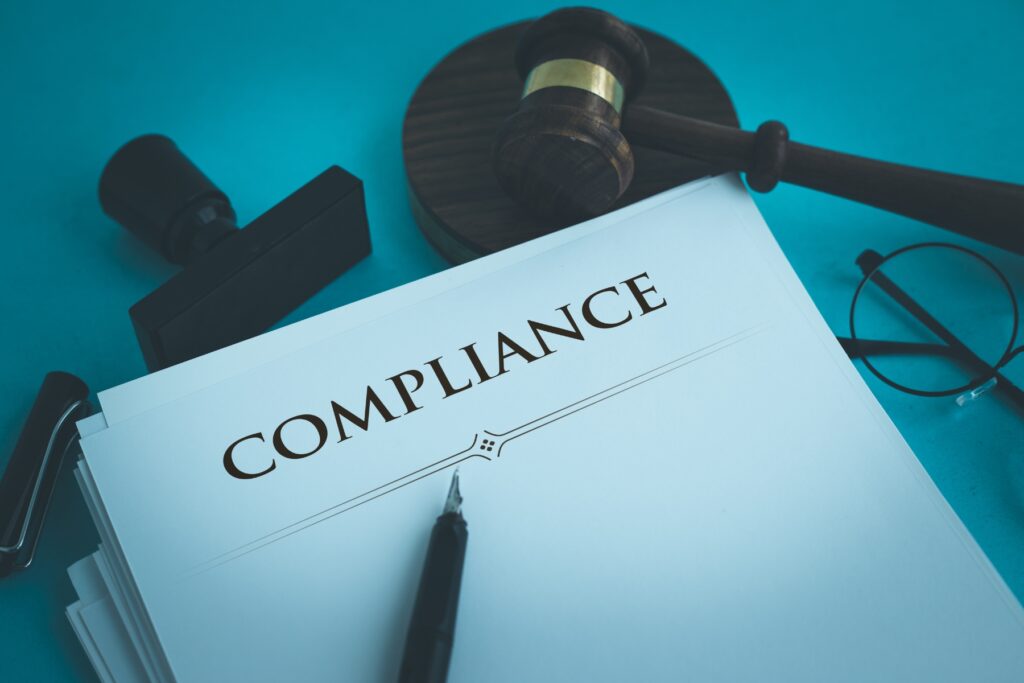The Benefits of Proper Medical Waste Segregation: A Step Towards Compliance

Proper medical waste segregation is essential for maintaining a safe and compliant healthcare facility. In this blog post, we will highlight the importance of correct waste segregation in healthcare settings and outline the advantages of following proper segregation practices for different types of medical waste.
Understanding Medical Waste Segregation:
a. Compliance with Regulations:
Proper segregation of medical waste is a regulatory requirement in most jurisdictions. Adhering to these regulations helps healthcare facilities avoid penalties and maintain compliance with environmental and health safety standards.
b. Risk Reduction:
Segregating different types of medical waste reduces the risk of exposure to hazardous substances, prevents infections, and minimizes the potential for accidents, such as needlestick injuries.
c. Effective Treatment and Disposal:
Segregating medical waste allows for efficient and appropriate treatment methods. Different waste categories can be processed, sterilized, or incinerated according to their specific requirements, ensuring safe and environmentally responsible disposal.
d. Cost Savings:
Proper waste segregation optimizes waste management processes, reducing disposal costs. Segregating waste at the source minimizes the need for complex sorting procedures downstream, making waste management more efficient and cost-effective.
Segregation Guidelines:
To ensure proper waste segregation, healthcare facilities should follow these guidelines:
a. Use Color-Coded Containers:
Assign specific colors to different waste categories (e.g., red for sharps, yellow for infectious waste) to facilitate easy identification and segregation.
b. Provide Clear Instructions:
Display clear signage and instructions on waste containers and in waste disposal areas to guide staff on proper waste segregation practices.
c. Staff Education and Training:
Conduct regular training sessions to educate healthcare staff on waste segregation guidelines, including the proper use of waste containers and the consequences of incorrect segregation.
Conclusion:
Proper medical waste segregation is crucial to compliance, safety, and environmental responsibility in healthcare settings. By following segregation guidelines, healthcare facilities can minimize risks, ensure compliance with regulations, optimize waste management processes, and contribute to a safer and healthier environment for patients, staff, and the community.
References:
https://www.cdc.gov/infectioncontrol/guidelines/disposal/index.html


